CLICK ON THE PHOTO TO SEE MORE DETAILS AND TELL US YOU ARE COMING!
Become an amateur radio operator: Take a HamCram!
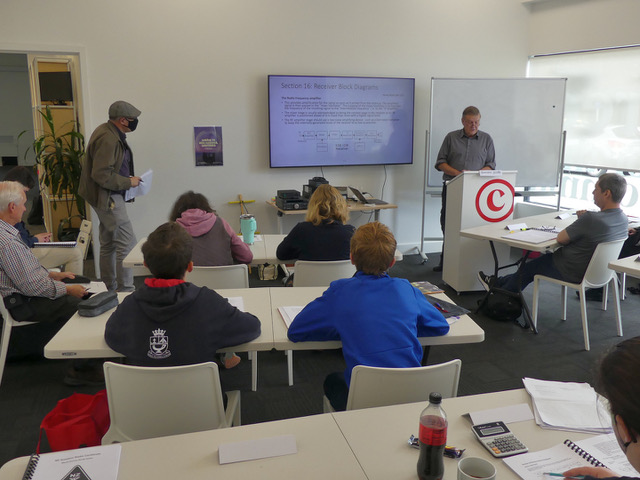
The Wellington Amateur Radio Club has now hosted five HamCrams (two in 2023, two in 2024 and one in February 2025). We try and make it easy to get to be an amateur radio operator. We have had a consistently high pass rate of over 80% at our HamCrams.
There is already a wait list for a future HamCram in July. Please write to Paul Brammer to be on the wait list for a HamCram. You won’t want to miss out!
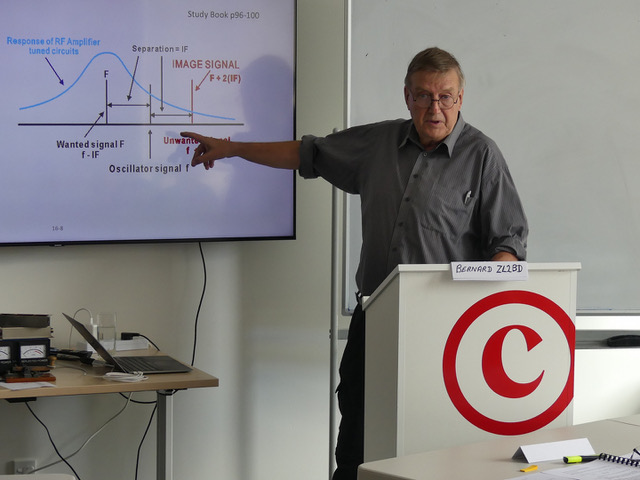
Bernard ZL2BD explaining a technical point in the April 2023 HamCram
What is amateur radio all about?
Kits and books
The following kits and books are available for purchase through our trading table. We are getting low on stock of our exclusive Magnetic Loop kits so be in quick!
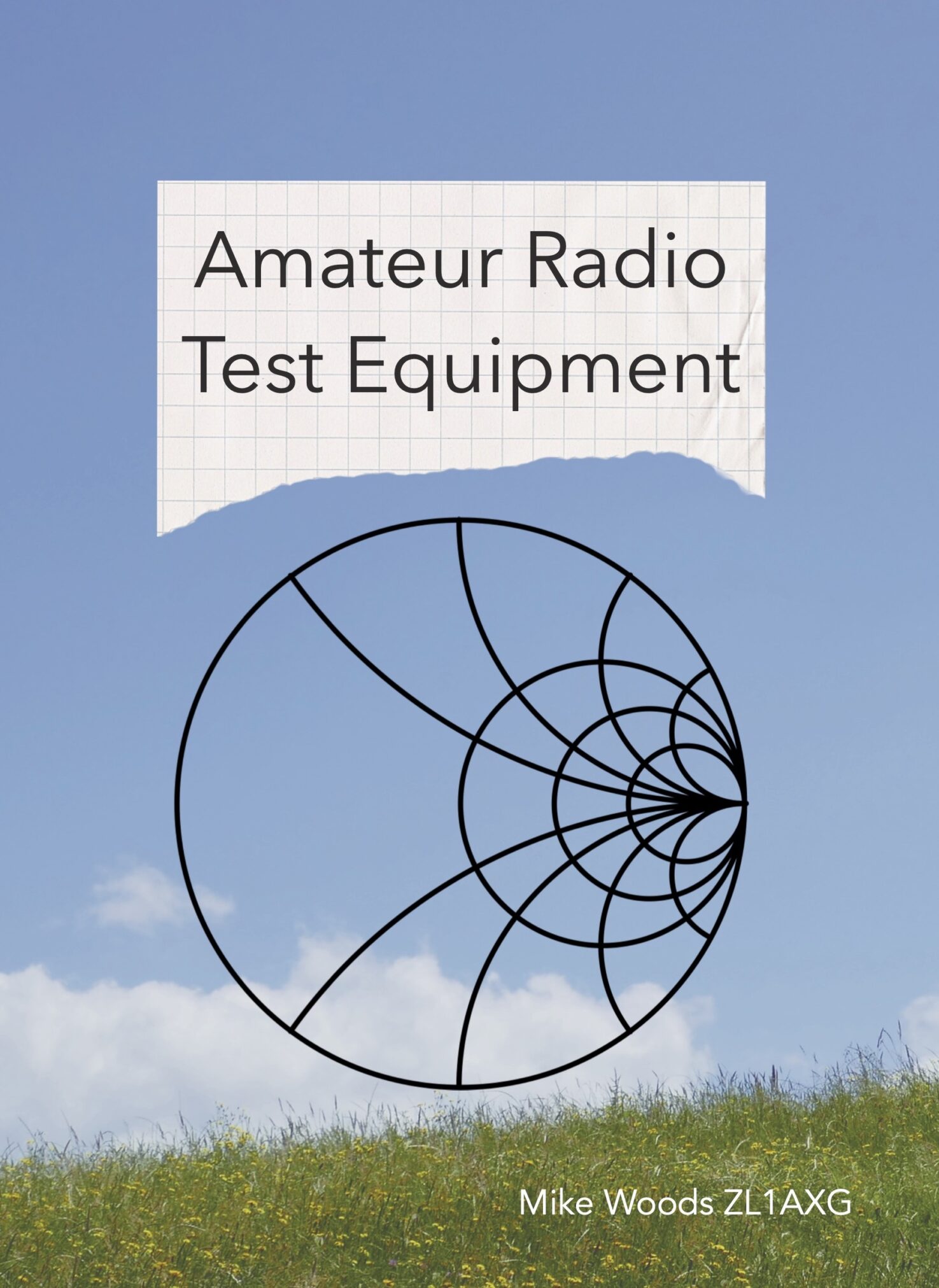
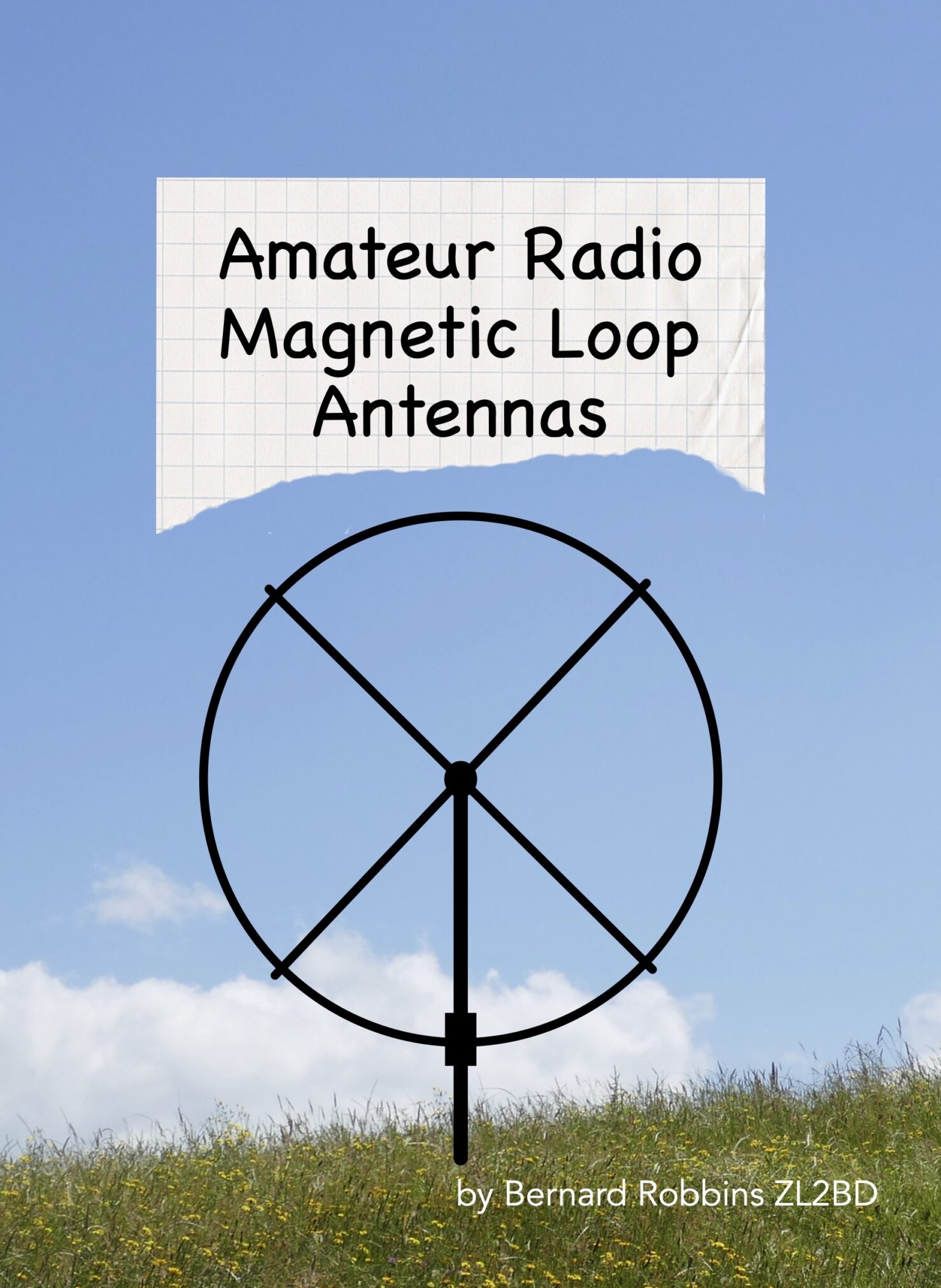
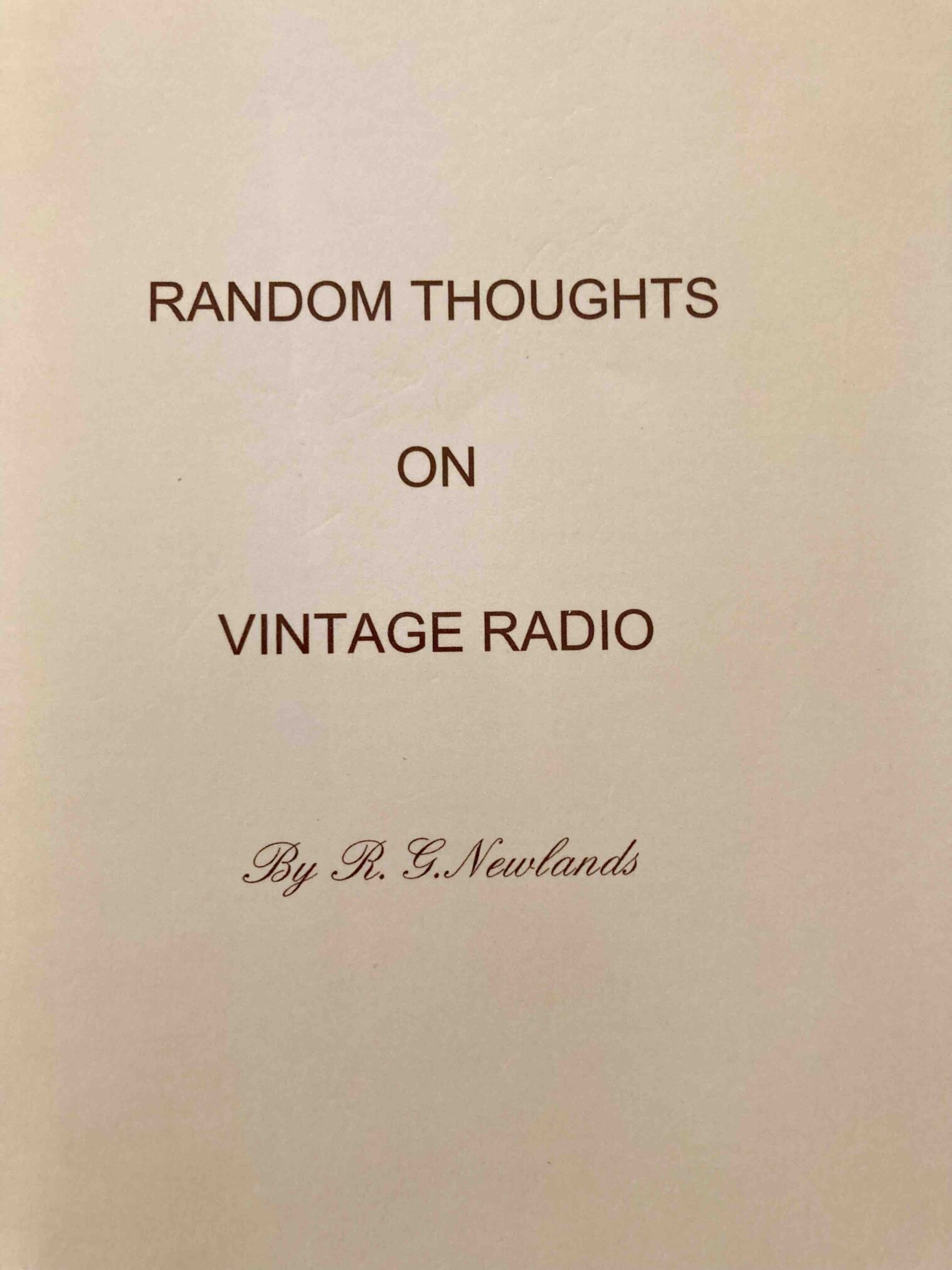
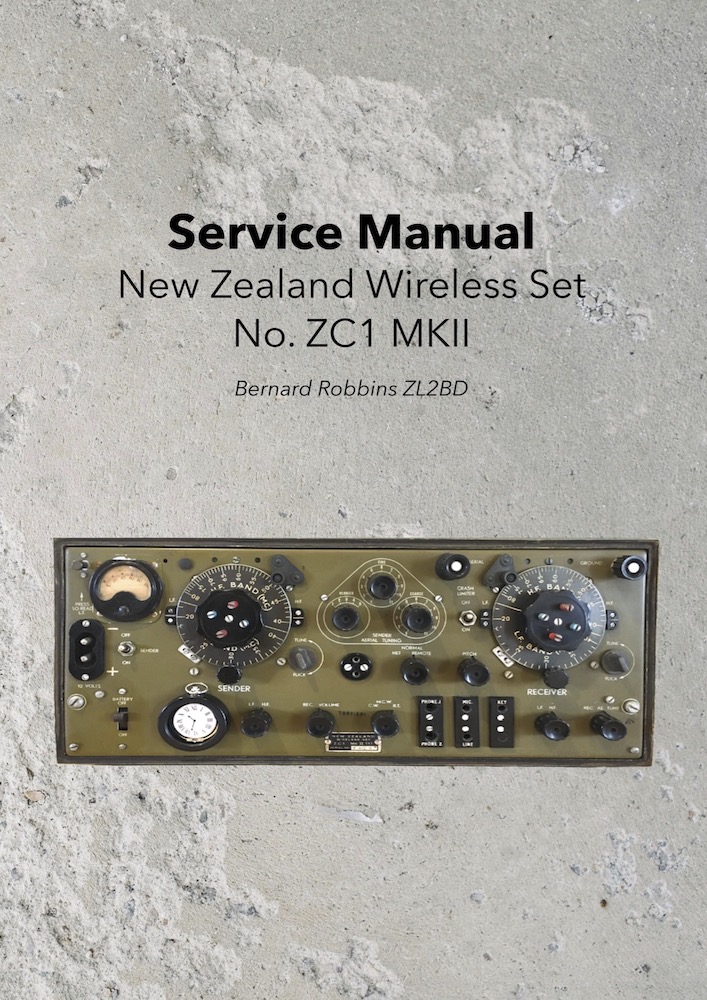
To order products see our Orders and Payment Page
For more information on our products see our Products Page
Activation of ZL6ANZAC

ZL6ANZAC was activated yesterday (Anzac Day 25 April 2025) from the Wright’s Hill Fortress in Karori, Wellington. Wellington Amateur Radio Club also staffed the Radio Room in the underground complex of tunnels with over 2000 people coming through during the course of the day.
NZART Conference 2025 Remit 3
NB This item reflects the personal views of the writer and not the views of Wellington Branch 50 NZART.
Remit 3, to be voted on at the NZART Annual Conference over King’s Birthday weekend, proposes “that NZART Council actively works with Radio Spectrum Management to create and implement a technician class licence for amateur radio in NZ with a basis on the recommendations set out below”.
I am vehemently opposed to this remit and I sincerely hope that it will be defeated at Conference.
Reintroduction of a Two-Class System
What it proposes is the reintroduction of a two-class system of amateur operators in New Zealand. The existing amateur radio licence, which would retain the same (higher) level of technical skill requirements, and a lesser one branded “Technical Operator’s Certificate” that is watered down. This represents a contradiction in terms. The requirements and scope of the lesser branded certificate is made clear in the proposal, and the qualification would require virtually no technical skills, just operating skills. This is not a “Technical Operator’s Certficate” at all, but a watered down certificate that “old” amateurs can look down upon like they did with “T calls” and “N calls”.
The remit is not attributed to a branch
The remit was not attributed to a branch in BreakIn Magazine. I understand that attribution was unintentionally left off the remit. Council has adopted a new policy of not endorsing or opposing a remit, but leaving the decision to members on the merits of any remit. I support this approach.
It is not a new licence class
Clearly the authors do not understand that we operate under a single General User Radio Licence that covers all amateur radio operators. There are fundamental problems, therefore, with the wording of the remit.
The proposal is full of assertions that are simply not true
Every assertion in the rationale for this remit has not been proven. The proponents are quick to make assertions, but do not draw on any facts.
The proposers suggest that developing a new qualification requirement for the “Technical Operator’s Certificate” would increase the number of amateur operators. I simply can’t believe there is any evidence to support this view. Who is going to develop the curriculum, and who is going to write the exam papers, and what is more important: who is going to deliver this training? I can’t see HamCram organisers running twice the number of HamCrams to cope with different groups of people. One of the big attractions of a HamCram is that almost every attendee can meet the requirements for an amateur operator’s certificate over the course of a single weekend.
There are much easier ways to increase the number of amateur operators. A quick discussion with members of Welington Branch 50 will demonstrate how to turn around a club. We had 22 members in April 2023 and now have almost 100 members. Branches need to make it easy for people with an interest in radio to get the skills they need. They do not generally arrive by osmosis.
Over the last two years we have run five successful HamCrams. Many of our original members have been involved in this turnaround – acting as tutors, welcolming new members, running introductory workshops, etc. Over 90% of those attending our HamCrams now have an amateur operator’s certificate. However, it is not just about the HamCram, it is about induction processes more generally, and the welcoming of new members into your branch. I will be giving a talk on this at Conference 2025.
Those sitting the exam who come close to a pass mark (e.g. over 30/60) can easily be coached to pass the exam on a second or subsequent attempt. Those that score much below 30 are unlikely to reach the required standard, even with considerable additional coaching. This group represents a small percentage of those being “crammed”. In my view, they probably would not pass the exam for the proposed “Technical Operators Certificate” in any case. In my experience, those who come significantly short of passing the examination have not mastered any of the material in the curriculum, including that proposed for the Technical Operator’s Certificate (such as amateur band /frequencies, radio regulations, safety and operating procedures).
We know that the Novice Licence introduced some years ago was a huge flop. This idea is a close analogue of the Novice Licence, without the 5wpm morse requirement. Calling it something else won’t change the fact that it is for “novices”.
The idea that “a significant proportion of persons who attend the HamCram are motivated by a personal or community driven need to have better emergency or other communications abiltiies” may be correct although, to my knowledge, no survey of HamCram participants has been undertaken. The idea that they don’t want to also acquire some technical knowledge is, however, both misleading and untrue. Many HamCram participants have discovered just that electronics and radio technology knowledge, while challenging, can be interesting and does apply to amateur radio. However, it is up to branches to ensure that new opeartors have the opportunity to put this knowledge into practice, through simple construction projects where they gain the associated practical skills within a few weeks after they pass the exam.
Many long-standing operators have a poor understanding of modern communications technologies, but regularly communicate on the air. Should they have their qualifications demoted to the new licence class? Maybe they need to resit the examination each year to retain their competency, as do many professionals?
The idea that “30dBm (1W) above 1000MHz has potential to permanently damage cells” maybe true. However, I doubt that people using their 5G cellphones worry about this unduly! The arguments sound scientific, but are really just smokescreens. Isn’t this the reason for covering much of the theoretical knowledge in the exam syllabus? Without that knowledge the operator may not realise that their 25w on a radio that can operate on the emergency bands may cause harm? Or do we have to limit these new operators to crystal controlled rigs?
I am against cliques
The idea of “segregating user group identities” is a clear way of creating cliques. The cliques that already exist in many amateur radio clubs are already killing our clubs and our national organisation. We don’t need more segregation, we need to eliminate all forms of segregation.
We need to welcome YLs, youth, people of different ethnic backgrounds, migrants, etc. Wellington Branch has a number of teenage members. Has your club got a single teen? Here is the challenge: instead of dreaming up retrograde policies that will undoubtedly fail to increase membership, ask for my free 50 page document on how to run a HamCram and increase your membership base. Bring in new blood and see what makes a difference. NO ADVERTISING AND NO CAJOLING IS REQUIRED.
The idea of increasing membership in AREC is a good one. However, this requires an active recruitment and training programme, the careful induction of new members, clubs that are open to change and welcome new members, etc. There is no call to create a new “second class” amateur radio fraternity, unable to work DX or use more than 25w, and all the other ideas that will “segregate” them as outlined in this remit.
Discouraging DX
I balked at the sub-heading “Why the discouragement of DX” in the remit. Yes why? There can be nothing more satisfying for a new amateur operator than to work stations further afield than they imagined possible. A relatively new member of our club installed a vertical and promptly worked DX on 40m and 20m. He was excited! Will this increase or decrease his interest in amateur radio? Why would you forbid somebody from working DX. 27MHz is full of DXers. No licence required (but it is illegal in most countries to do so).
The idea that amateurs on bands outside of 5-25Mhz cannot work the world reflects a very ignorant perspective of modern technologies, and even the realities of the 10m band over the last couple of years. New amateurs can easily get on Brandmeister (DMR), or on a repeater with an IRLP node, or use D-STAR reflectors and then work the world. There is probably no easier way of gaining one’s first 50 contacts in a single evening, without a single ZL call logged!
Mike ZL1AXG

